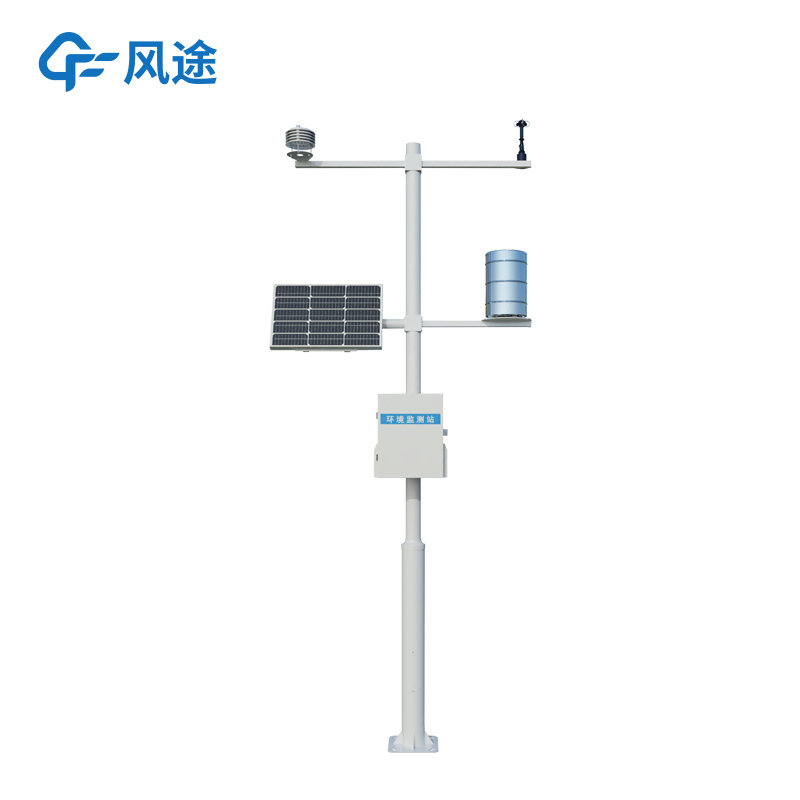In the meteorological service system, the "last mile" refers to the crucial link in which meteorological information is transmitted from data processing centers to actual application scenarios. The Small Automatic Weather Station has become an important instrument to bridge this gap, particularly evident in agriculture.
The Small Automatic Weather Station consists of multiple sets of meteorological sensors, a data acquisition module, and a wireless transmission device. With an overall weight usually not exceeding 20 kilograms, it can be fixed in agricultural production areas such as fields and greenhouses via brackets. It can continuously collect data including air temperature, humidity, light intensity, soil moisture, and precipitation. The collection frequency can be set from every 10 minutes to once an hour as needed, and the processed data is uploaded to the management platform in real-time via 4G.
Traditional meteorological services rely on regional-level observation stations, which cover a large area but fail to reflect microclimate differences in specific plots. The Small Automatic Weather Station, however, enables precise single-point monitoring, filling this gap. It provides strong support in all aspects of agricultural production.
During the sowing stage, the soil temperature and humidity data provided by the Small Automatic Weather Station can offer a scientific basis for farmers to determine the optimal sowing time, helping to improve crop germination rates. Throughout the crop growth cycle, the real-time light data it collects can serve as a reference for regulating supplementary lighting in greenhouses, ensuring the efficiency of crop photosynthesis.
In the face of meteorological disasters, the early warning function of the Small Automatic Weather Station is vital. It can promptly monitor changes in meteorological conditions that may trigger crop diseases and pests, issue early warnings in advance, and facilitate farmers in taking preventive and control measures. It can also issue early warnings about situations such as short-term heavy rainfall that may cause waterlogging in fields, allowing farmers sufficient time to prepare for drainage and reduce crop losses.
Such plot-specific data services integrate meteorological information into every link of agricultural production, enabling farmers to make scientific decisions based on real-time data instead of relying solely on empirical judgments. This is the core embodiment of how the Small Automatic Weather Station bridges the "last mile" of agricultural meteorological services, laying the foundation for improving the quality and efficiency of modern agriculture.

Article address:https://www.sqqx.net/en/news/693.html

 +86 15898932201
+86 15898932201



